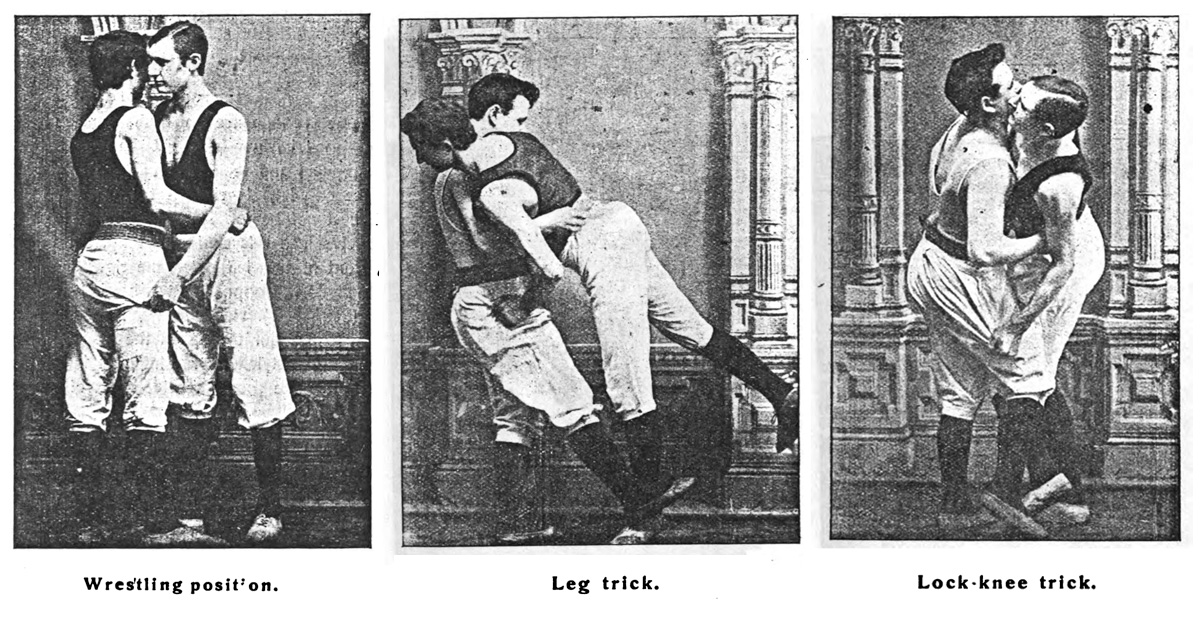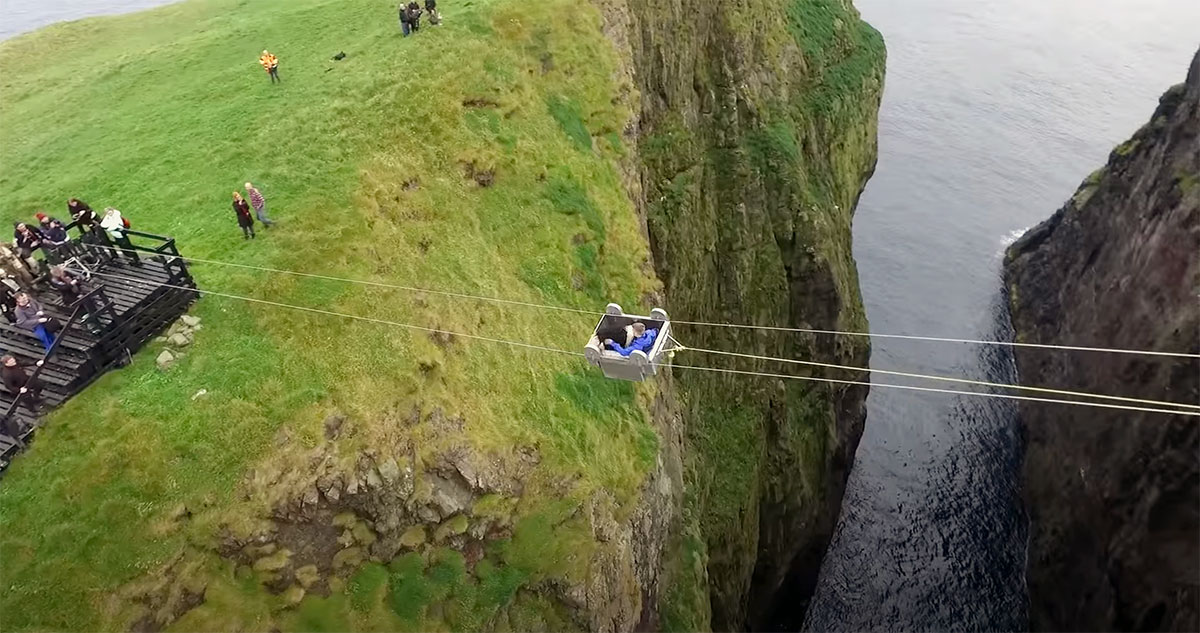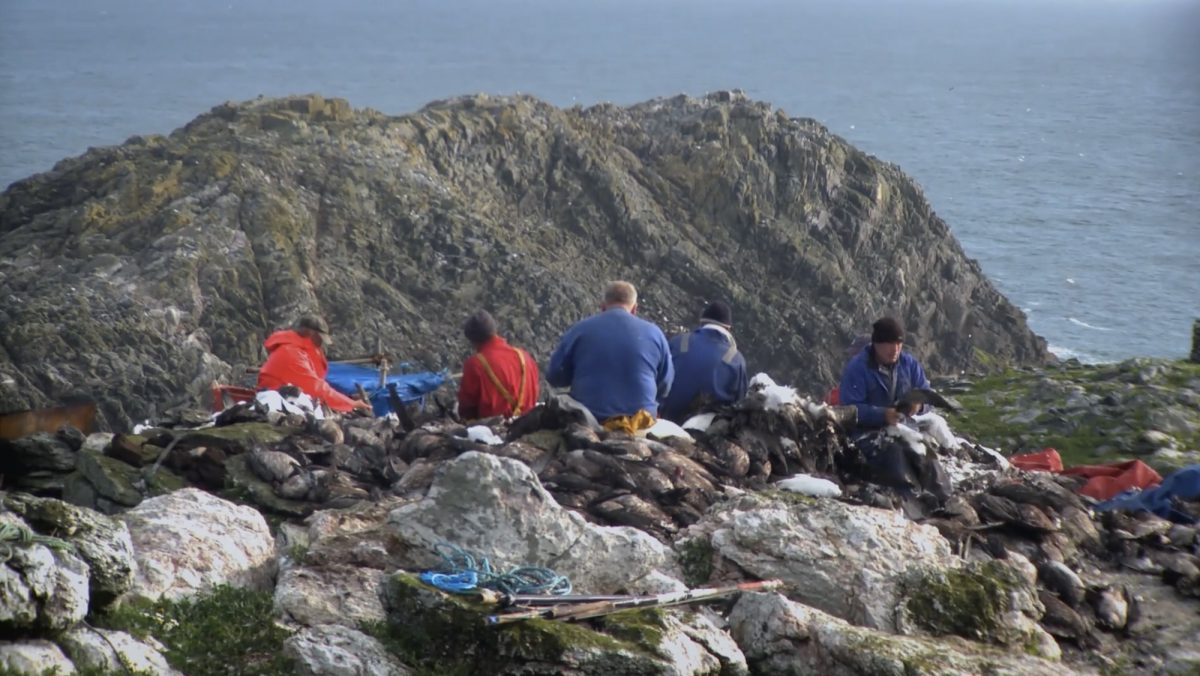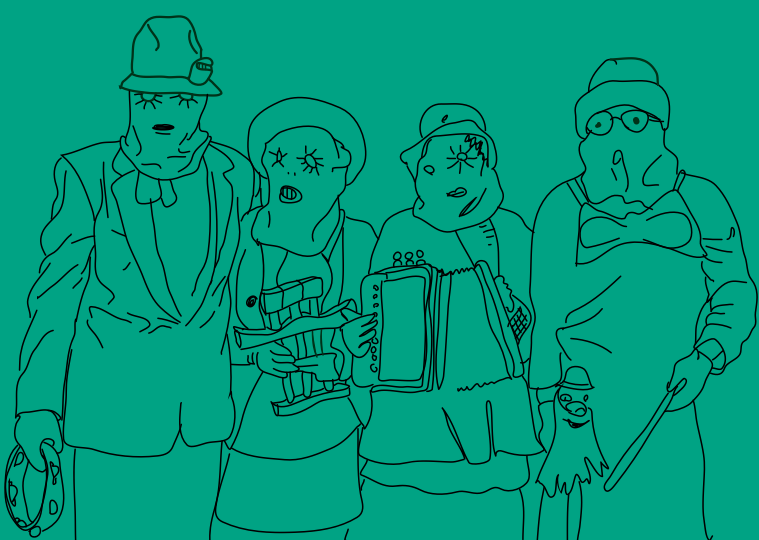Mummers? If you live in America, and have heard that term before, it’s likely in connection with the annual Philadelphia Mummers Parade. While they may share some distant relatives, that New Years parade in the City of Brotherly Love is a far cry from the Christmastime tradition of Mummering in Newfoundland. Dating back over 200 years, imported from Irish and English settlers, Newfoundland Mummers don’t masquerade like their American cousins, who dress up as someone else. The tradition is instead rooted in disguise, using everyday clothing in unconventional ways to conceal one’s identity. Common techniques include pillow-case face masks, lace veils, layers of bulky stuffed coats, mismatched gloves, and gender smokescreens like skirts on men and bras worn over outerwear. Once disguised, a group of mummers will travel unannounced to a house in their community, and if allowed to enter, start dancing and playing music. The host provides snacks and drinks, while trying to guess the identities of each visitor. Easier said than done, as the mummers not only disguise their bodies but distort their voices or refuse to speak. Once everyone has been named, or if the heat inside makes the layered costume untenable, the mummers are revealed and group moves on to another house.




